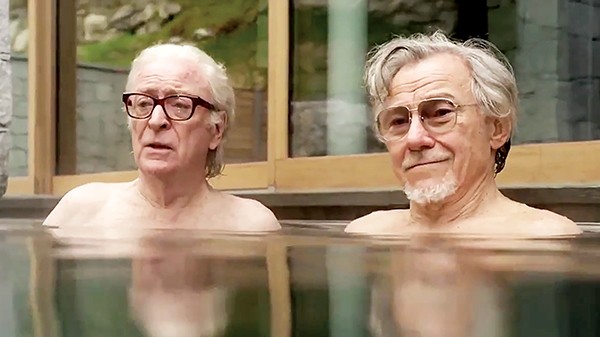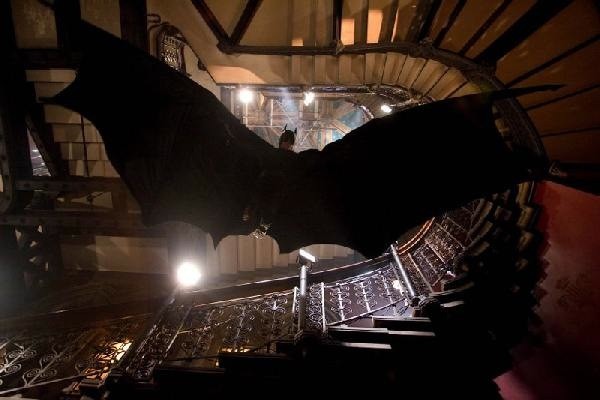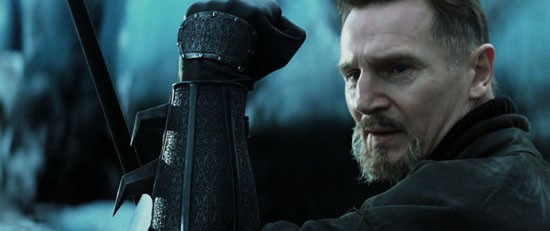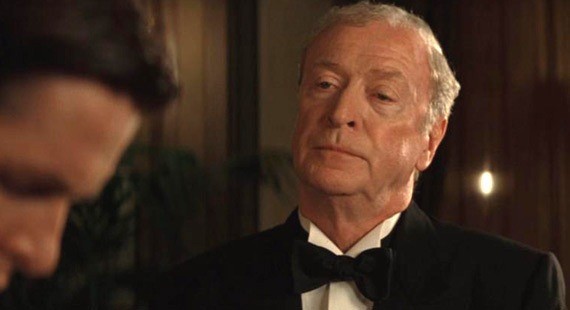About three-quarters of the way through Italian writer/director Paolo Sorrentino’s Youth, Fred Ballinger (Michael Caine) and his best friend Mick Boyle (Harvey Keitel) watch a totally nude Miss Universe (Madalina Diana Ghenea) slowly enter a hot tub. “Who is THAT?” Fred says.
“God,” Mick says.
Waiting to meet God is the primary theme of Youth, which recently took home Best Film, Best Director, and Best Actor for Caine at the European Film Awards. When we meet Fred, the retired composer is meeting with a representative of Queen Elizabeth, who is offering him knighthood if he will only agree to come out of retirement and conduct his composition “Simple Songs” in a command performance. He refuses, citing “personal reasons.” He and Mick are staying at an ultra posh resort in the Swiss Alps that cinematographer Luca Bigazzi has a grand old time filming. But the constantly excellent food, happy-ending massages, and mediocre entertainment somehow only add to the funereal atmosphere. The name of the sculpture in the hotel lobby says it all: Alpine Prison. Fred has lost his hunger for creation, and thus his will to live.

Harvey Keitel, and Michael Caine in Youth
Mick, on the other hand, is at the hotel with a staff of writers creating his next film, which he calls “my testament.” His love of creation is intact, and that keeps his mind young, even if he can’t get it up for the fetching young prostitute who haunts the lobby.
Beside the ace cinematography, Caine and Keitel’s buddy routine is the best thing about Youth. Mick tries to puncture Fred’s growing cynicism and apathy, while Fred works hard at doing absolutely nothing. Sorrentino’s screenplay bounces the pair off of an unlikely group of well-heeled hotel guests, none of whom seem to be having any fun whatsoever. Fred’s daughter, Lena (Rachel Weisz), endures the dissolution of her marriage. Actor Jimmy Tree (Paul Dano) is sullenly preparing for a role in a historical drama that, when revealed, gets the film’s biggest laugh. The once-youthful superstar footballer Maradona (Roly Serrano) is now morbidly obese, but still mobbed by fans. Veteran actress Brenda Morel (Jane Fonda) arrives late in the action to drop some plot bombshells and throw the most epic fit of the 2015 film season.
Caine glides through the loose collection of vignettes like some kind of ghost who hasn’t gotten around to dying yet. The slow revelation of the source of his pain is masterful and depends almost entirely on Caine’s facial control. Some of Sorrentino’s digressions work, and some of them don’t. The dialogue is occasionally clunky in an English-as-a-second-language kind of way. But as long as Caine and Keitel are around, ogling the young women and antagonizing the bored rich, Youth remains compelling.



